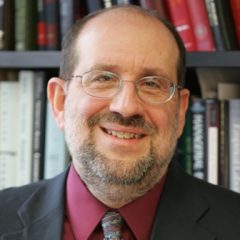(p. A13) Ken Langone, 82, investor, philanthropist and founder of Home Depot, has written an autobiography that actually conveys the excitement of business–of starting an enterprise that creates a job that creates a family, of the joy of the deal and the place of imagination in the making of a career. Its hokey and ebullient name is “I Love Capitalism” which I think makes his stand clear.
. . .
Can capitalism win the future? “Yes, but we have to be more emphatic and forthright about what it is and its benefits. A rising tide does lift boats.”
Home Depot has changed lives. “We have 400,000 people who work there, and we’ve never once paid anybody minimum wage.” Three thousand employees “came to work for us fresh out of high school, didn’t go to college, pushing carts in the parking lot. All 3,000 are multimillionaires. Salary, stock, a stock savings plan.”
Mr. Langone came up in the middle of the 20th century–the golden age of American capitalism. Does his example still pertain to the 21st? Yes, he says emphatically: “The future is rich in opportunity.” To see it, look for it. For instance: “Look, people are living longer. They’re living more vibrant lives, more productive. This is an opportunity to accommodate the needs of older people. Better products, cheaper prices–help them get what they need!”
Mr. Langone grew up in blue-collar Long Island, N.Y. Neither parent finished high school. His father was a plumber who was poor at business; his mother worked in the school cafeteria. They lived paycheck to paycheck. He was a lousy student but he had one big thing going for him: “I loved making money.” He got his first job at 11 and often worked two at a time–paperboy, butcher-shop boy, caddie, lawn work, Bohack grocery clerk. He didn’t mind: “I wanted to be rich.”
For the full commentary, see:
Peggy Noonan. “DECLARATIONS; Wisdom of a Non-Idiot Billionaire.” The Wall Street Journal (Saturday, May 12, 2018): A13.
(Note: ellipsis added.)
(Note: the online version of the commentary has the date May 10, 2018.)
The book mentioned in the commentary, is:
Langone, Ken. I Love Capitalism!: An American Story. New York: Portfolio, 2018.


